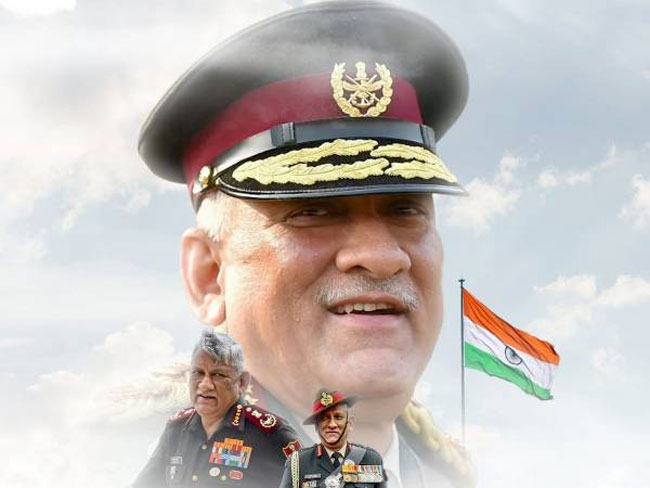On December 8, 2021, India lost its first Chief of Defence Staff (CDS), General Bipin Rawat, along with 13 others, in a tragic Mi-17V5 helicopter crash in Coonoor, Tamil Nadu. A recent report by the Parliamentary Standing Committee on Defence sheds new light on the cause of the crash, confirming it as human error.
Findings from Earlier Investigations
In January 2022, the Indian Air Force (IAF) had concluded that the crash was caused by spatial disorientation of the pilot due to poor weather conditions. The IAF investigation had ruled out negligence, mechanical failure, or sabotage as factors.
The current report also reviews causes of 34 air crashes that occurred between 2017 and 2022, identifying key contributors such as crew errors, servicing issues, technical defects, foreign object damage, and bird strikes. Investigations into some incidents are still ongoing.
Details of the Mi-17V5 Helicopter Crash
The report states that the Mi-17V5 helicopter, manufactured by Russia and considered highly reliable and safe, was fully serviceable at the time of the accident. The helicopter was flying at a low altitude and entered dense clouds moments before the crash. It caught fire and plummeted to the ground just seven minutes before its scheduled landing.
The helicopter took off at 11:48 AM from Sulur Air Base and was expected to land at the golf course in Wellington by 12:15 PM. However, contact with air traffic control was lost at 12:08 PM.
Casualties of the Tragic Incident
The crash claimed the lives of several high-ranking officials, including General Bipin Rawat and his wife, Madhulika Rawat. Others who perished included:
- Brigadier L.S. Lidder (Defence Assistant)
- Lieutenant Colonel Harjinder Singh
- Wing Commander Prithvi Singh Chauhan (Helicopter pilot)
- Squadron Leader Kuldeep Singh (Co-pilot)
- Junior Warrant Officer Rana Pratap Das
- Junior Warrant Officer Arakkal Pradeep
- Havildar Satpal Rai
- Naik Gursewak Singh
- Naik Jitendra Kumar
- Lance Naik Vivek Kumar
- Lance Naik B. Sai Teja
Lessons for the Future
The report provides a comprehensive analysis of air crashes over the past five years and stresses the need for stringent measures to prevent similar incidents in the future. It emphasizes improvements in crew training, technical inspections, and operational procedures to enhance safety standards.
The tragic Mi-17V5 crash serves as a stark reminder of the challenges in military aviation and the critical importance of addressing human and environmental factors to avert such disasters.




